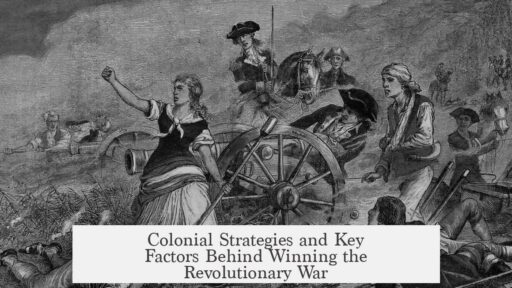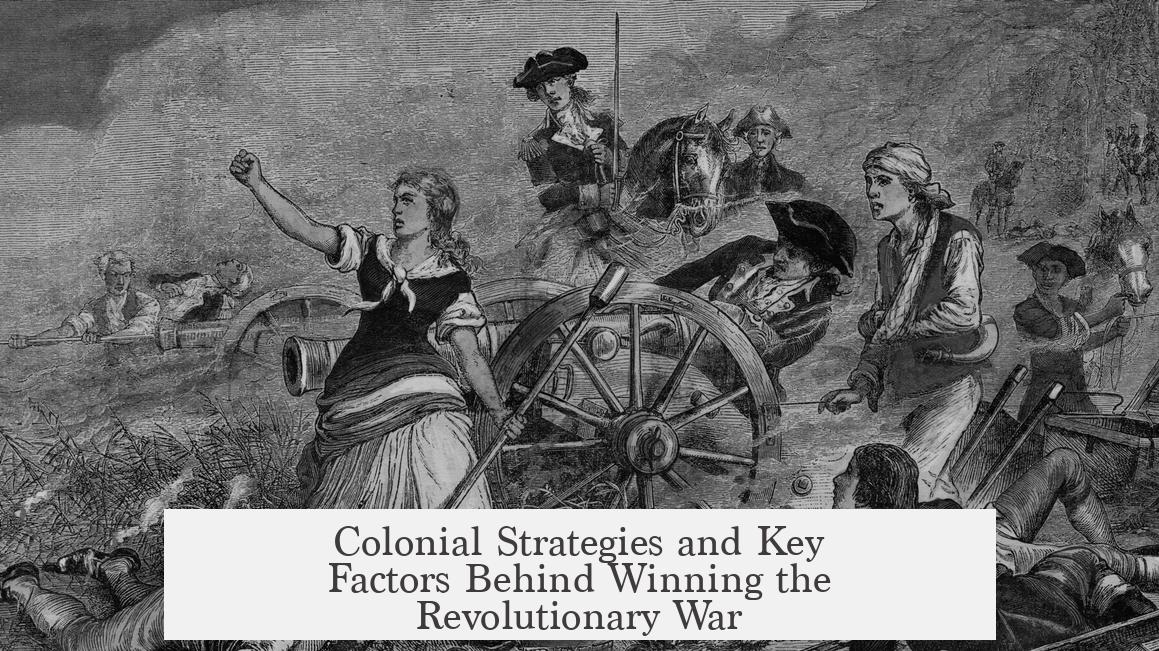The colonies managed to win the Revolutionary War primarily due to critical French assistance, which provided financial, military, and naval support, combined with British logistical challenges, strategic errors, and effective Patriot leadership and tactics. French aid turned the tide from a distant rebellion into a global conflict for Britain, while Patriot persistence and innovative guerrilla tactics exploited British weaknesses.
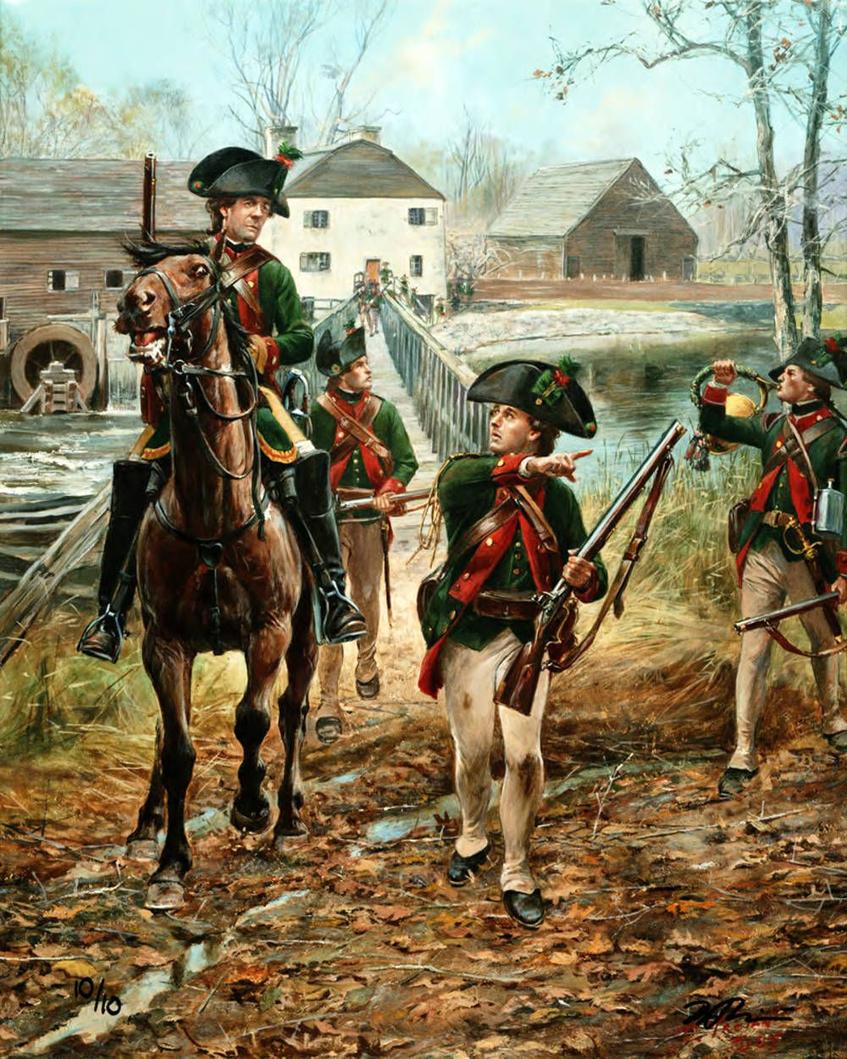
France’s involvement was decisive. It was not spontaneous but strategic, as France, Spain, and the Dutch sought to weaken British imperial power. Benjamin Franklin’s diplomatic skill significantly advanced this cause. Recognized as an American celebrity in Paris, Franklin persuaded the French foreign minister to formally acknowledge U.S. sovereignty after the American victory at Saratoga. This victory boosted the credibility of the American cause and unlocked extensive French military and financial aid.
The French sent troops, weapons, and funds but most importantly engaged the British navy. Control of the seas was pivotal. French naval victories, such as the Battle of the Chesapeake, blocked British reinforcements and supplies. This blockade forced the British surrender at the Siege of Yorktown, effectively ending major conflict operations in North America.
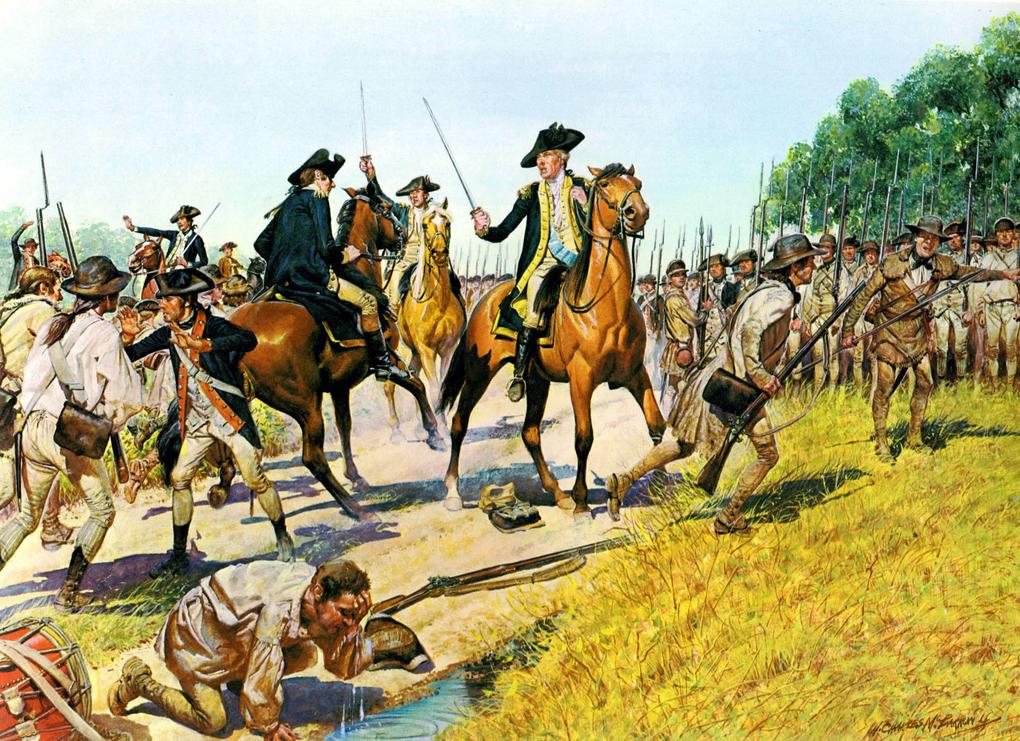
British challenges were immense. The vast distance between Britain and North America slowed communications and supply lines. Messages took three months one way, undermining timely strategy adjustments. The colonies’ large size and sparse population limited British military reach. British troops depended heavily on food and arms shipped from overseas, which were vulnerable to weather, spoilage, and French naval attacks.
The logistical strain made the war expensive and difficult for Britain. Supplying troops required money, ships, and manpower that Britain increasingly found unsustainable, especially with conflicts simultaneously occurring in Europe and India. Public and parliamentary support in Britain diminished over time, with many questioning the value of maintaining control over the North American colonies.
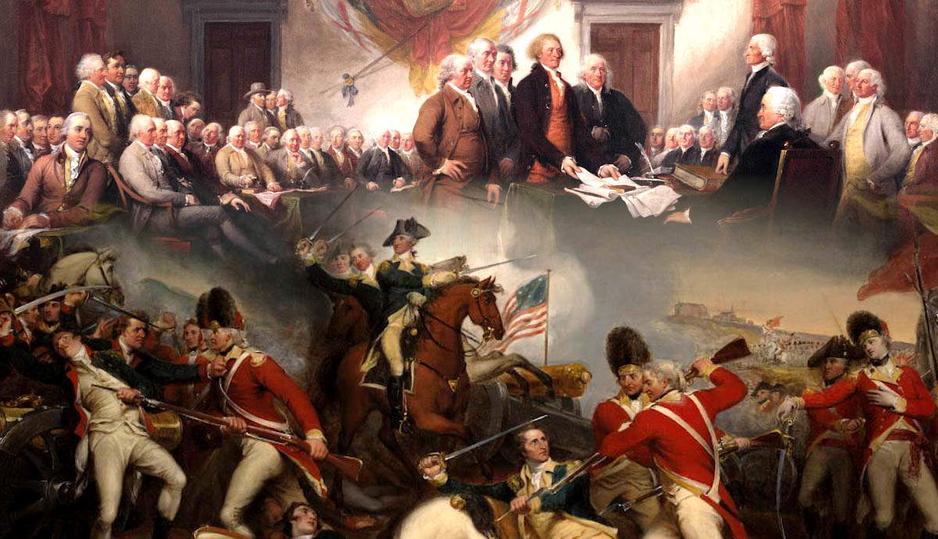
British military strategy suffered from inconsistency and misdirection. They shifted targets from Boston to New York, Philadelphia, southern ports, and back. This indecision fragmented efforts, allowing Patriots to exploit the lack of coherent focus. The British strategic priority shifted as the war prolonged—with more emphasis placed on protecting valuable Caribbean sugar colonies and India rather than fighting a costly and possibly unwinnable war in America.
Patriots benefited from strong leadership and morale. Although poorly equipped and initially inexperienced, American fighters adopted guerrilla tactics suited to the landscape. They targeted British patrols, disrupted supply lines, and avoided the traditional line battles favoring British redcoats. These tactics increased British frustration and attrition. Moreover, Patriots effectively managed the political and public relations battle, securing support at home and abroad.
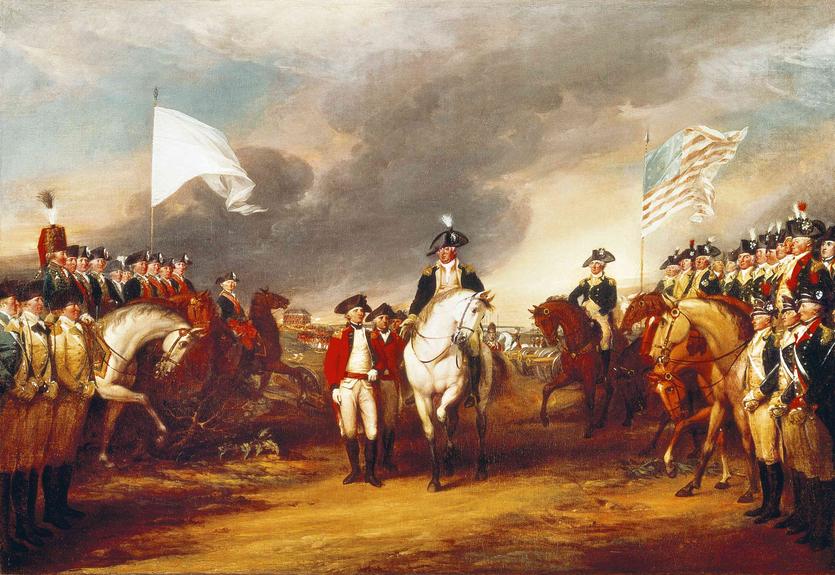
Key figures shaped the outcome. Benjamin Franklin secured international recognition and aid. Friedrich Wilhelm von Steuben professionalized the Continental Army, improving discipline and fighting capability. George Washington, while criticized as a military commander, excelled in leadership and maintaining morale. His skillful retreats preserved the army and allowed it to fight another day, which was crucial in a war of endurance.
Slavery played a subtle but important role in Southern colonies’ support for independence. British promises to free slaves who joined their side infuriated Southern Patriots. It pushed them toward the revolutionary cause, which sought to maintain the institution of slavery while pursuing independence and constitutional protections. This factor helped secure Southern commitment to the Patriot cause.
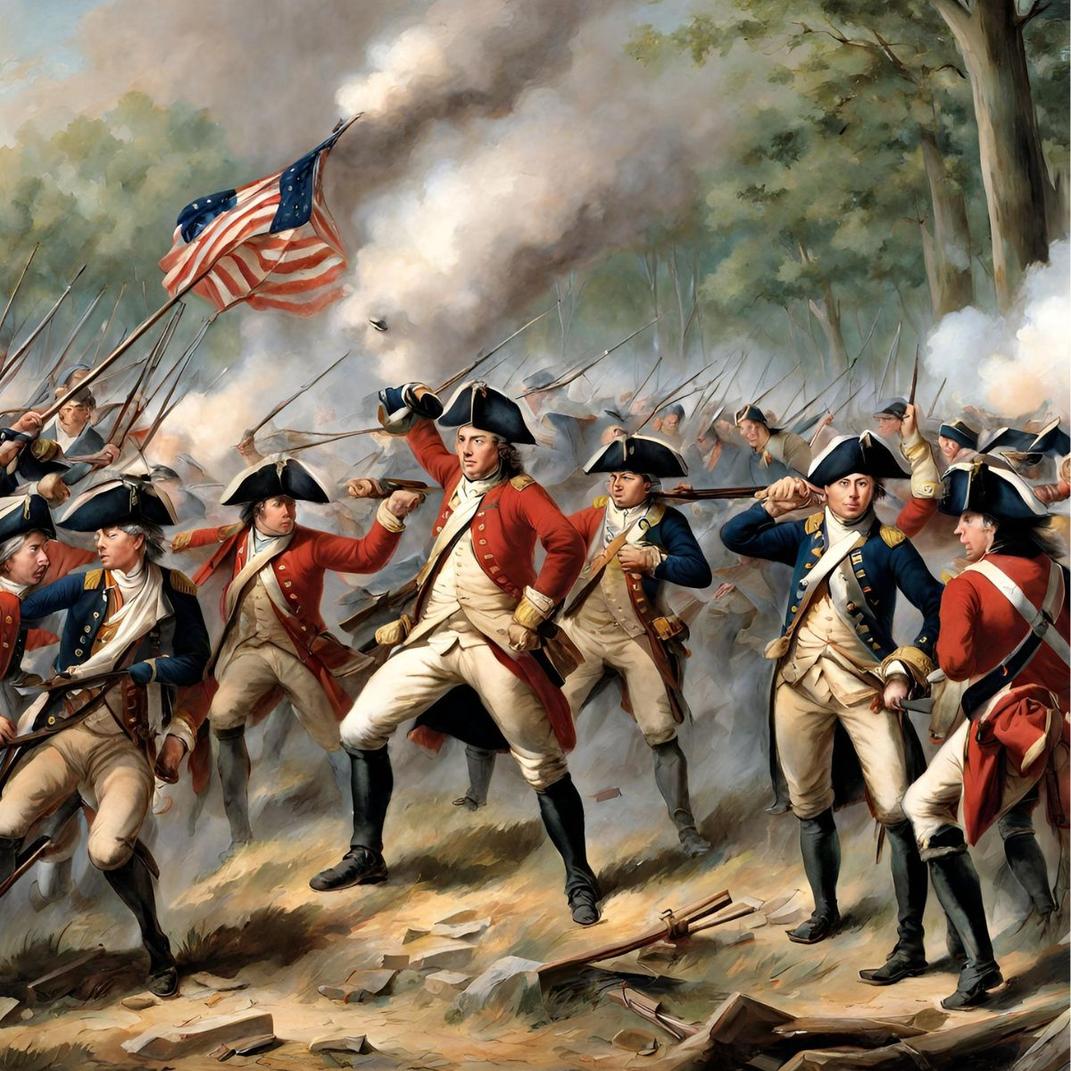
The decisive moment came with the Siege of Yorktown in 1781. The combined American and French forces trapped British General Cornwallis’s army. French naval dominance prevented British evacuation or resupply. Cornwallis’s surrender effectively ended the war and secured American independence.
Lastly, the British naval blockade policy failed to suppress rebellion efficiently. While intended to cripple the colonial economy by restricting trade, it instead prolonged the conflict and allowed allies like France to challenge British control at sea.
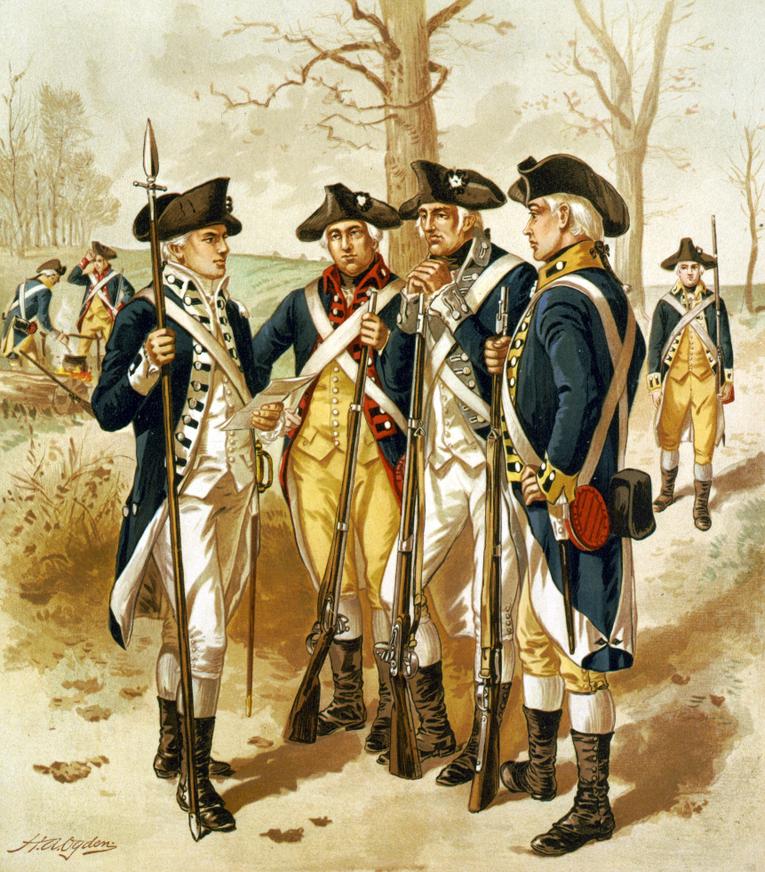
Key takeaways:
- French military and naval support turned the tide against Britain.
- British logistical difficulties and slow transatlantic communication hampered effective military campaigns.
- Incoherent British strategies and shifting wartime priorities weakened their war effort.
- Patriot guerrilla tactics exploited British vulnerabilities effectively.
- Leadership by figures like Franklin, von Steuben, and Washington was crucial.
- Slavery-related tensions reinforced Southern colonial support for independence.
- The Siege of Yorktown marked the decisive end to major British operations.
- British naval blockade failed to decisively crush the rebellion.
How Did the Colonies Actually Manage to Win the Revolutionary War?
The American colonies won the Revolutionary War through a cocktail of French military aid, British logistical nightmares, tactical innovation by the Patriots, and critical strategic missteps by Britain itself. In other words, it wasn’t a simple David vs. Goliath story. It’s more like a complex chess game where teamwork, timing, and luck played huge roles. Let’s peel back the layers and explore the fascinating, messy reality behind the colonists’ victory — which was anything but guaranteed.
French Assistance: The Game-Changer That Made Victory Possible
You know how they say behind every great man is a great woman? Well, behind every successful colonial rebellion was the mighty French. The French essentially made the difference. Their support ranged from money to ships, sailors, and experienced soldiers. This wasn’t just generosity; it was a clever move by France, Spain, and the Dutch. They saw a chance to poke Britain in its eye by backing the colonies.
Benjamin Franklin wasn’t just a kite-flying founding father adored in American classrooms. In Paris, he was THE celebrity, charming French high society like a rockstar. Thanks to Franklin’s savvy diplomacy, the French Foreign Minister recognized the colonies’ independence after their surprise victory at Saratoga in 1777. This victory was truly “lucky” but proved the colonies had something to show for their fight.
With French backing snowballing, the colonists secured more supplies, money, and crucially naval support. French soldiers added bulk and skill, while their fleet’s presence meant the British couldn’t simply rule the seas. American colonists alone couldn’t capture Jamaica, but French could — a strategic threat that forced Britain to spread resources thin across multiple continents.
The crucial naval battles, especially the French victory at the Battle of the Chesapeake, crippled British supply lines. When French ships blockaded Yorktown, the British commander Cornwallis was cut off from supplies and reinforcements. This naval supremacy effectively sealed Britain’s fate in America.
Logistical Nightmares: The Atlantic Moat and Supply Chain Hell
Imagine having to run a marathon while carrying all your water and food from a source three thousand miles away. That’s what the British troops faced. The Atlantic Ocean was a relentless gatekeeper. It took roughly three months for messages to cross between British commanders in America and London, moving only one way.
This delay meant British strategic responses to fast-moving battle conditions were hopelessly slow. They were constantly behind. Worse, Britain had to ship almost all their provisions across the ocean. Supply ships often arrived spoiled, battered by storms or intercepted by colonial forces and French ships.
Local American food production couldn’t support the thousands of British soldiers, leading the army to steal from local farmers — a PR disaster that made British troops highly unpopular. Patriots, benefiting from local support, could blend into unfamiliar terrain and keep British forces strapped for resources.
The “naval blockade” by the French, combined with rugged terrain and supply line attacks by colonial militias, turned British logistics into a nightmare. British troops found themselves stuck in coastal ports, unable to operate far afield without fresh supplies. When the French took control of the seas, Britain’s expensive and extended supply chain collapsed, making the war both costly and unwinnable.
British Strategic Errors and Shipped Priorities
Britain’s strategic planning was…how to put it kindly?…incoherent. Every year brought a new plan as if throwing random darts could sink the colonial rebellion. First Boston, then New York, Philadelphia, New England’s coast, the southern colonies — different generals chased different goals.
Behind closed doors, many British leaders realized America was more of a drain than a prize. The Caribbean islands, especially sugar-rich Jamaica, were far more valuable economically. India, too, was the real jewel in the imperial crown. The loss of America was “net win” in terms of British resources and focus.
British public opinion wasn’t overly enthusiastic about the war either. Some even sympathized with the American grievances, thinking the cost and risk of holding the colonies wasn’t worth it. The threat of French and Spanish intervention forced Britain to divide attention and troops globally.
Eventually, the British decided it was better to cut their losses. Continuing the war risked empowering France and its allies on British soil and in Canada. With colonial rebellion dragging on and the specter of ongoing insurgency, peace appeared a sweeter option than victory.
Patriot Advantages: Creativity, Motivation, and Guerrilla Tactics
At first glance, the Patriots seemed hopelessly outmatched. They had less than half of colonial support, limited manufacturing, and poorly trained troops. Their equipment barely measured up to the shiny redcoats. Standing toe-to-toe in a traditional battle? Not happening.
But this underdog army got creative. Forget formal confrontations; they embraced guerrilla tactics. Using intimate knowledge of local wilderness, they harassed British patrols with sniping and ambushes, often setting traps that frustrated and wore down their enemy.
This hit-and-run warfare drained British morale and resources. It prevented the British from forming traditional battle lines, their bread and butter. Besides these military actions, the Patriots understood the war was also about convincing hearts and minds. Writers and orators crafted compelling arguments, winning over colonists who were on the fence, or dampening Loyalist zeal.
In essence, the Patriots fought a multifront battle: on the ground, in power corridors, and in public opinion. They wore down the British until the occupiers simply gave up.
Key Figures: Franklin, Von Steuben, and Washington’s Roles
Some names jump out, but not always for the reasons you’d expect. Benjamin Franklin was the diplomatic wizard who secured French aid. His signing of the Treaty of Alliance truly shifted the tide, as France transformed from spectator to active combatant.
Friedrich Wilhelm von Steuben was the unsung drillmaster who turned ragtag colonial militias into disciplined troops. Thanks to him, Patriots stood toe-to-toe with British forces at battles like Monmouth. Despite his crucial work, history often overlooks him due to later political biases.
Then there was George Washington, a figure shrouded in myth. He was a fantastic spokesperson and morale booster but not a tactical genius. His real skill lay in knowing his limits. He gathered talented subordinates, such as von Steuben, and applied uncanny luck, especially in retreating without losing entire armies. This leadership blend kept the rebellion alive through its darkest days.
The Role of Slavery: An Overlooked Motivator
Slavery’s role in the Revolutionary War is complicated and often under-discussed. Southern states, heavily invested in slavery, fought passionately to protect their social order.
The British tried a clever tactic by offering freedom to any slave who joined their side. However, this failed to attract a large number of recruits. Instead, it backfired politically, stiffening Southern resolve for the Patriot cause. The colonies feared British interference in slavery, preferring rebellious freedom over what seemed like Northern attempts at abolition.
As a result, Southern states bargained for constitutional amendments that would limit federal interference in slavery, culminating in the Bill of Rights and a 20-year moratorium on discussing slavery in government. This political compromise helped unify the colonies during the war.
The Decisive Yorktown Siege: The Final Blow
Yorktown was no ordinary battle. It was a siege that led to the decisive defeat of the majority of British forces in America. Without supplies or reinforcements—thanks to the French naval blockade—Cornwallis was trapped.
This loss wasn’t just a tactical defeat; it was the psychological and strategic breaking point. De-facto independence followed, as the British could no longer maintain control.
The Naval Blockade: Starving the Goose That Laid the Golden Eggs
From the war’s start, Lord Barrington had a simple but formidable idea: block the American coastline to strangle its economy. If colonies couldn’t trade or resupply, their war effort would collapse. This strategy took years to perfect but finally clicked with the arrival of the French navy to challenge British naval power.
The blockade tightened, cutting colonial supply lines and support while isolating British forces on land. It wasn’t just an economic siege—it was the nail in the coffin for British hopes of reclaiming their rebellious territory.
What Can We Learn? Practical Takeaways and Reflections
- Victory isn’t just about winning battles. It’s about alliances, logistics, and winning hearts.
- Know your strengths and weaknesses. Washington’s self-awareness and ability to delegate saved the revolution more than battlefield brilliance alone.
- Innovation matters. Patriot guerrilla tactics exploited British rigidity and forged a new path to victory.
- Diplomacy can change the course of wars. Franklin’s charm and French support were game-changers, proving that soft power matters as much as guns.
- Large empires face unique challenges. Distance, stretched resources, and divided priorities can turn even the mightiest force into an overextended one.
In the end, the American colonies’ winning formula was complex and multifaceted—a lesson in persistence, creativity, and the global chessboard of 18th-century politics. Amidst French support, British supply woes, strategic blunders, and rugged patriotry, these unlikely rebels carved their independence.
So next time you see a painting of Washington crossing the Delaware, remember: the victory was not just luck or a heroic charge but years of diplomatic hustle, guerrilla grit, and a French fleet that showed up just in time to throw a cosmic wrench in the British Empire’s best-laid plans.
How crucial was French military support in the colonial victory?
French aid played a key role. They provided money, trained soldiers, and naval support. Their navy blocked British supply lines, helping trap Cornwallis at Yorktown. Without this help, colonial victories would have been much harder.
Why did the British face logistical problems in fighting the war?
Distance was a major issue. Supplying troops across the Atlantic took months. Food shipments often spoiled. British soldiers struggled to operate far from coastal ports due to these supply limits.
How did British strategic priorities affect the war’s outcome?
Britain saw America as less valuable than other colonies like India and Caribbean islands. They grew reluctant to keep fighting a costly war far from home. This shift made them more willing to negotiate independence.
In what way did the French navy change the war’s course?
The French fleet defeated the British at sea and blocked reinforcements to Cornwallis in Yorktown. This naval control forced the British surrender and made continued fighting too difficult.
What role did slow communication play for the British?
Messages took months to travel between London and America. This delayed decision-making and reinforcements. The British could not respond quickly to changing battlefield conditions.
